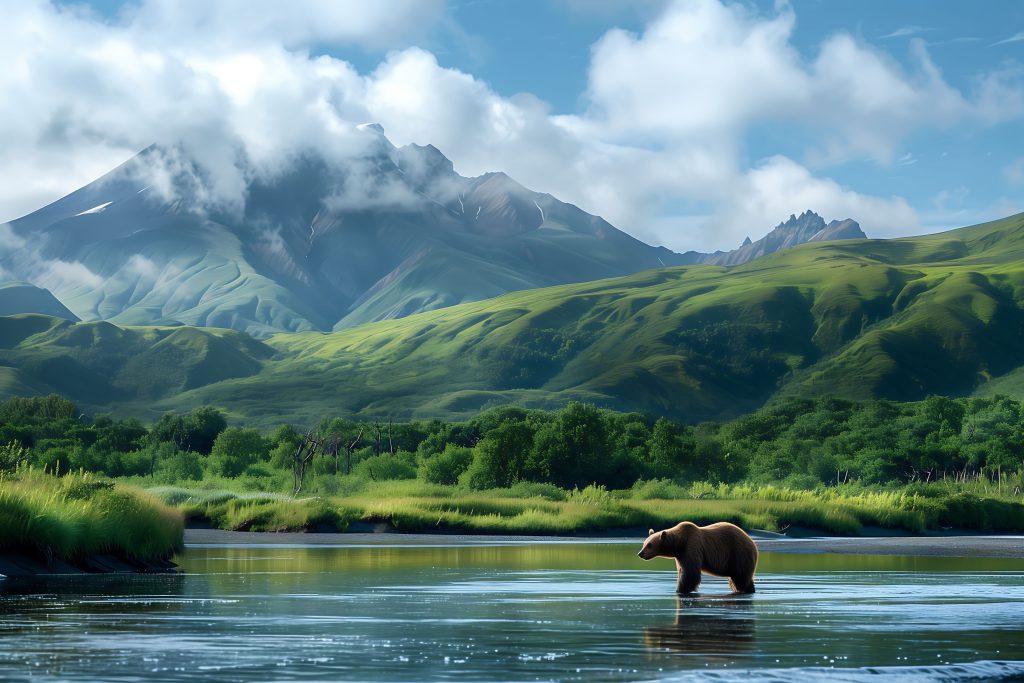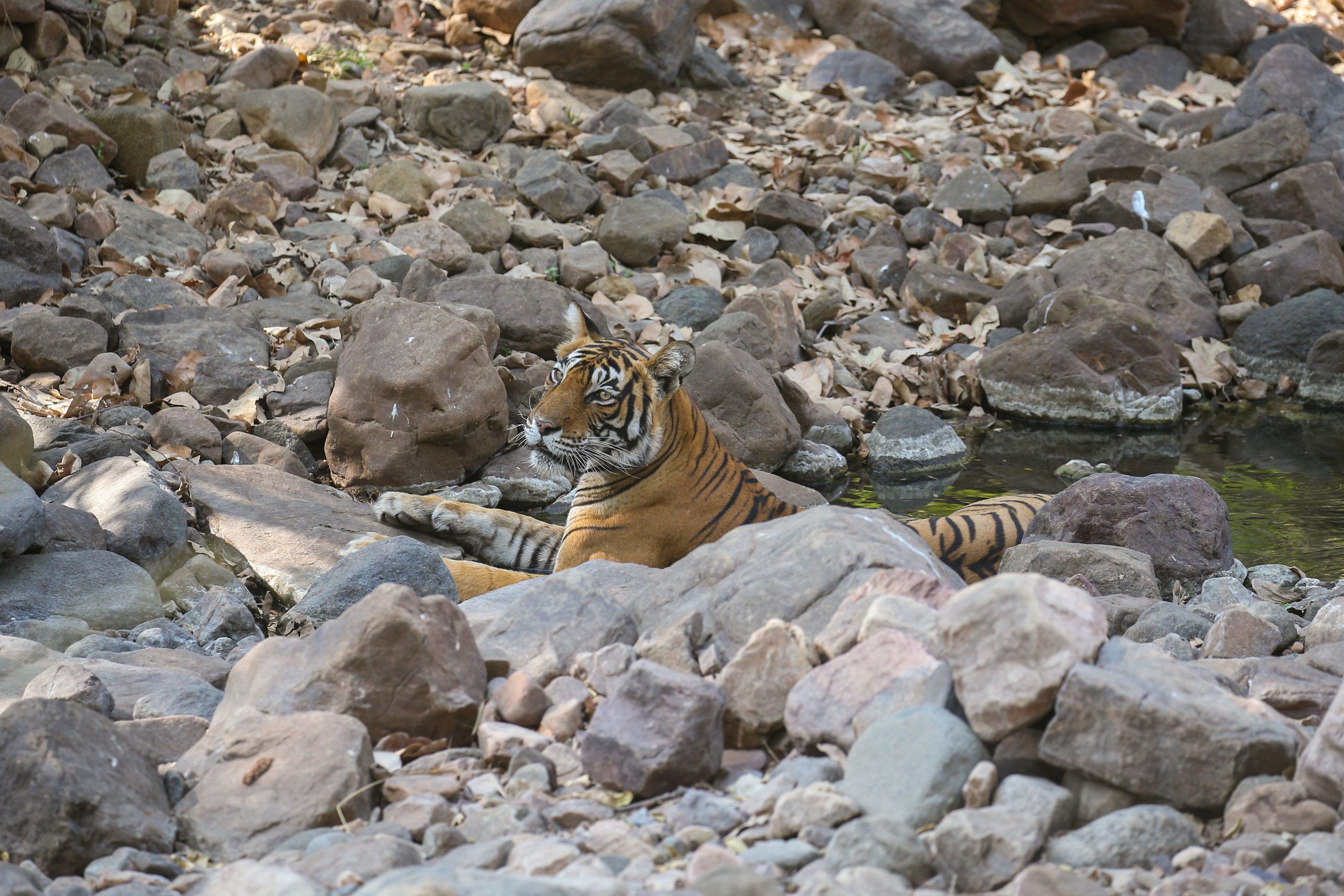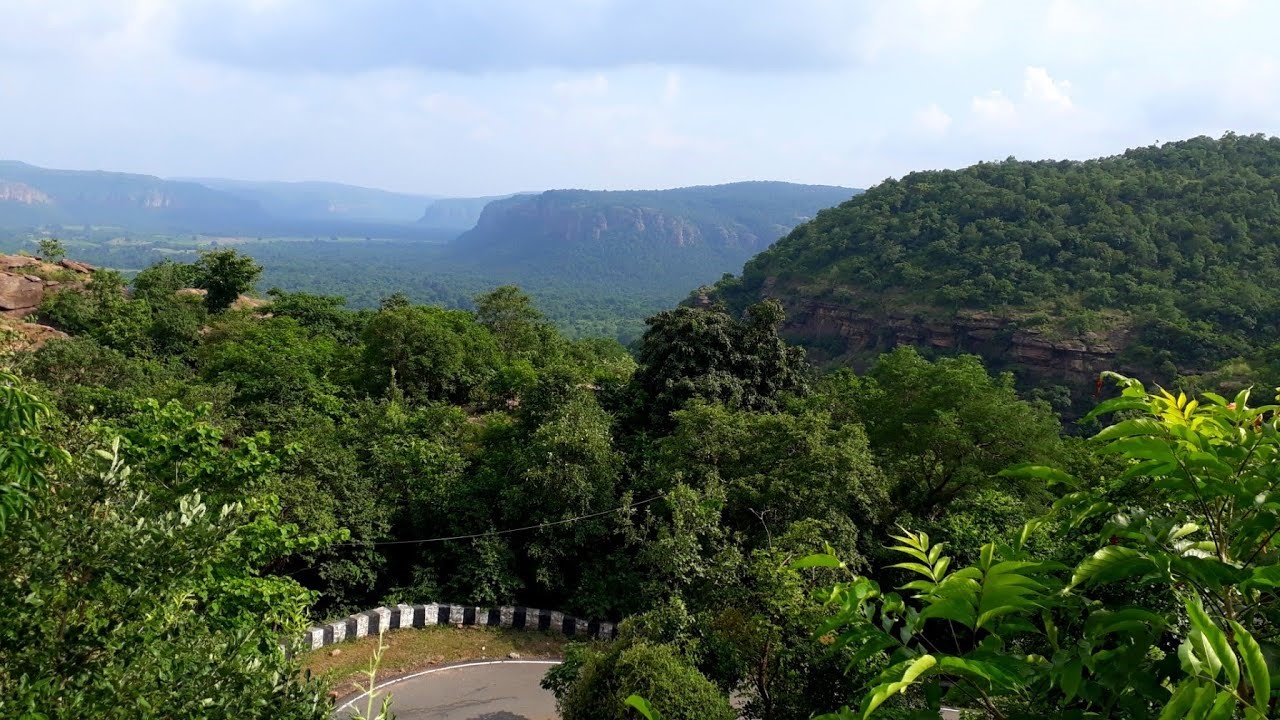- Private car and driver in Delhi / India
- +91-8447445445
- info@discoverindiabycar.com sugar.ankit@yahoo.com
 +91-9818434712
+91-9818434712
Kaimur Wildlife Sanctuary Explore India's Hidden Gem with Diverse Wildlife & Ancient History
The Kaimur Wildlife Sanctuary was established in 1982 and is located in the center of the Kaimur district in Bihar, not far from the city of Bhabua. The lakes and waterfalls that may be found within this sanctuary are as well-known as the animals and vegetation that call it home. In addition, this protected area has some old caverns, rock art, and prehistoric fossils. In the valley area of this sanctuary, one may find several lakes, such as Anupam Lake, and waterfalls, such Karkat and Telhar. The Mukha Waterfalls are one of the sanctuary’s most famous features.

The renowned historical picture known as Lakhania is yet another noteworthy aspect of this location. Prehistoric artwork known as “rock art” depicts the way of life, customs, and religious beliefs of the local population. Ancient clay artworks depict a variety of vocations, including chases, battle scenes, feeding cows, doing errands around town, bee farming, and home chores. These artistic creations date back about 4,000 years.
The Kaimur Wildlife Sanctuary is located here.
The Kaimur Reserve is the largest wildlife sanctuary in the states of Bihar and Uttar Pradesh, spanning a huge 1342 km². When traveling through this region, one may encounter several breathtaking landscapes.
Weather circumstances
Throughout the summer, the sanctuary enjoys unusually high temperatures and a dense environment. Temperatures should typically range from 27 to 45 degrees Celsius on most days throughout this period. Despite this, the winters here are not as warm as you might think. The average temperature, which typically ranges from six to twenty-six degrees Celsius, is somewhat in the middle of the temperature spectrum. When the rainy season arrives, this area receives steady, heavy rains. This region is affected by the monsoons in June and August.
When is the best time to go to Kaimur Wildlife Sanctuary?
If you are considering a trip to Kaimur Wildlife Sanctuary, October through March is the ideal period to schedule your trip. This time of year, the weather is ideal for trips because it is neither excessively hot nor cold. November through February, the winter months, are ideal for travel.
If it’s feasible to locate any further sanctuaries from this location:

The states of Bihar and Uttar Pradesh are home to a large number of additional important wildlife sanctuaries, such as the Kaimur reserve. The Gautam Buddha Wildlife Sanctuary in Bihar, the Kanwar Lake Bird Sanctuary, the Udaypur Wildlife Sanctuary, the Chandra Prabha Wildlife Sanctuary in Uttar Pradesh, and the Dudhwa National Park—which is also a part of the Dudhwa Tiger Reserve—are among the animal conservation areas in question. On the other hand, Kaimur Sanctuary is located 641.6 kilometers from Dudhwa National Park.
All of the animals that reside in the sanctuary
These are the creatures:

The Kaimur Reserve is home to countless kinds of warm-blooded creatures, birds, reptiles, and flora on a regular basis. Numerous important animals can be found in the area, such as wolves, porcupines, tigers, wild bears, leopards, jackals, rabbits, rats, peafowls, and many more. Numerous deer species, such as the Sambhar, Chital, Chinkara, Blue Bull, Nilgai, and many more, can be found in this area. The black buck is one of the endangered Indian antelope species that live in this area. There are about 200 black bucks living in this park, based on recent accounts. In addition, there are many different species of monkeys, such as Indian monkeys, baboons, and langoors.
This area may be home to reptiles like cobras, kraits, crocodiles, and several types of snakes. Many kinds of snakes can be found in this area.

There are many different animals and reptiles to view here, making it an excellent location for birdwatchers. Views of quail, pigeon, malabar, bulgbul, paradise fly, sand ground, falcon, black partridge, red spur, kites, colored francolin, imperial eagle, blue jay, vultures, white-tailed eagle, pied hornbill, and lesser kestrels are among the numerous bird species that birdwatchers can spend hours admiring. Numerous other uncommon and migratory birds, such the Grey Duck, Cotton Teal, White-Fronted Goose, Ferruginous Duck, Lesser Adjutant, and many others, can also be seen in the area.
The Kaimur Sanctuary is home to a diverse range of vegetation in addition to a vast variety of animals. Thick layers of mosaic prairie, tropical dry deciduous woods, and swampy bogs can all be found in this area.Among the many plant species that can be found in this area are Salai (Boswellia serrata), Siddha, Sheesham (Indian Rosewood), Jamun, Teak, Koraiya, Saal, and Jheengar. Also, the dense vegetation that covers this area is composed of bamboo, palas, dhau, khair, and Mahua.
How to reach to the national park
Rail Transportation
The Sasaram municipal rail station is around fifty kilometers away from the Park. In addition, Bhabhua and Dehri-on-Son are two other adjacent stations.
Roadways
By road:
The routes that connect Varanasi and Mirzapur lead to the sanctuary. From Robertsganj, the closest town, you can take buses or taxis to go to the park’s main regions.
The availability of accommodation
You will be given a range of lodging options to select from when you arrive at the Park. You are welcome to use any of the three natural rest spots in the vicinity of Mahuaria, Harrah, and Churk. Mahuaria is the place to go if you need to make reservations for guest cottages.
Steps to take
Now you have the dense forest at your fingers. To ensure a safe and enjoyable journey, the forest department has provided you with a list of recommendations that you must follow. As you can see here:
You are not permitted to take walks or strolls in the reserve forest, not even at night.
Anything that could catch fire shouldn’t be in your possession. Smoking cigarettes is not permitted at all.
Under no circumstances may anyone be in possession of firearms or explosives.
Exceeding the designated speed limit is severely prohibited.
Try to keep non-biodegradable waste out of the environment as much as you can, such as empty plastic bottles, bags, and containers. Visitors are requested to get sacks for the purpose of waste collection. When they exit the reserve, they should take the sacks with them and dispose of them at the location marked outside the park.
The Park permits tour vehicles, such as closed cars, jeeps, rovers, and compact buses, to enter for the purpose of sightseeing. Bicycles, three-wheelers, large four-wheelers, and other types of vehicles are not allowed within the Park.
In the rest homes and the sanctuary, it is strictly prohibited to consume mixed drinks or any food that does not contain vegetables.
It is forbidden to touch or otherwise disrupt any of the park’s plants or animals.
When It’s the best Time to visit
November 15 is the beginning of our visiting season, and June 15 is the end. The best months to witness wildlife in its native habitat are February and March.
Final Words
Over 70 species of resident birds and a wide range of migrating birds can be seen year-round. This location is a birdwatcher’s dream come true. Among the bird species that can be spotted in this area are mallards, tufted ducks, coots, red-crested poachers, pintails, and brahmini ducks. Views of the region are excellent for tourists from the watchtowers and waterholes.
FAQs:
Q1. What precise location is the Kaimoor Wildlife Refuge?
A. The Kaimoor Wildlife Sanctuary is located in two distinct areas. Sonbhadra’s division headquarters are likewise located in Mirzapur.
Q2. What methods of payment does the hotel accept?
A. Apply and send a demand draft to the Divisional Forest Officer at Kaimoor Wildlife Sanctuary, Mirzapur.
Q3. Which locations, aside from those inhabited by untamed animals, are the most important to tourists?
A. One of the most identifiable aspects of Lakhania is its pre-cambian wall murals. Salakahan is renowned for its fossils from the Cambian age. A popular tourist destination is the Mukhha Waterfall. The Black-Buck Valley attracts a lot of visitors who come hoping to spot wildlife.











